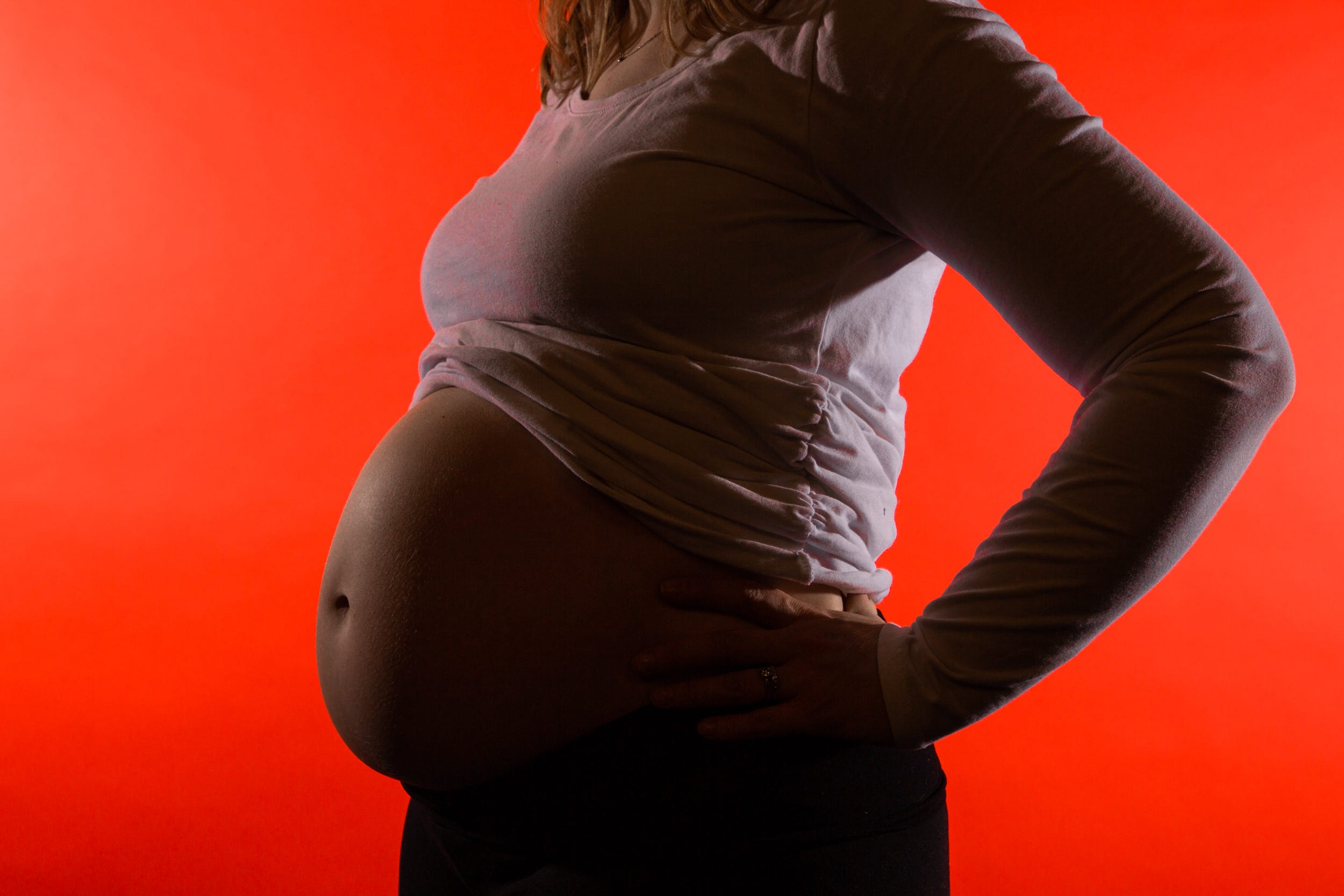
- A research presentation linked birth center deliveries with higher infant death and seizure rates.
- The study challenges the American College of Obstetricians and Gynecologists' position that birth centers are among the safest places to deliver.
- Research comparing birthplace settings is flawed, and birth centers' benefits are well-documented, experts say.
- Visit Insider's homepage for more stories.
A subset of pregnant women have long sought out birth centers – low-tech, women-centered facilities typically staffed by midwives – for a childbirth experience that promises few medical interventions, a homey environment, and a model of care that views birth as a normal human experience, not an illness that needs to be treated.
Evidence suggests the coronavirus pandemic drew more people to out-of-hospital births, because women didn't want to risk delivering alone or being exposed to COVID-19.
The American College of Obstetricians and Gynecologists (ACOG) has supported them, taking the position that accredited birth centers, as well as hospitals, are the safest places to give birth.
But research presented at the organization's annual conference on Friday challenges that stance, finding that birth center deliveries are associated with a higher risk of infant death and seizures than hospital births attended by midwives.
"Being informed that neonatal morbidity and mortality in freestanding birth centers is significantly worse adds to a woman's knowledge [of] where to deliver," lead author and OB-GYN Dr. Amos Grunebaum told Insider in an email. "Omitting that information is unacceptable both for physicians and midwives."
Data suggests newborns delivered at birth centers had higher rates of seizures and death than hospital births
In the study, which was reviewed by an ACOG committee on scientific programming, but hasn't yet been published in a peer-reviewed journal, researchers looked at a Centers for Disease Control and Prevention database of close to 10 million births between 2016 and 2019.
Using birth certificate data, they analyzed infant death and seizure rates of infants born in four settings: at freestanding birth centers, during planned home births, at hospitals attended by a midwife, and at hospitals attended by a physician.
They also looked at babies' 5-minute Apgar scores - a test performed right after birth to help determine how they're handling life outside the womb so far. The study authors controlled for factors like age, BMI before pregnancy, and type of insurance.
Compared to babies born at a hospital, they found infants born at birth centers were four times as likely to die by the time their birth certificates were complete, more than two times as likely to experience seizures, and more than eight times as likely to have an Apgar score under 4, indicating "poor condition."
Notably, when parsing apart physician-assisted hospital births and midwife-assisted hospital births, those attended by midwives had the best outcomes.
Outcomes were worst in home births, where babies were more than 14 times more likely to die than those born in the hospital and attended by midwives.
Grunebaum said he and his co-authors believe in a woman's right to choose where to deliver, and that research like theirs should help inform that decision. Hospitals, too, can step up to meet women who want some aspects of a birth center delivery where they are, he said.
"We encourage women who want less interventions to choose hospital-based midwives and hospitals that accept their preferences so to provide the care they prefer," Grunebaum wrote.
Birth centers provide more freedom and fewer interventions, research suggests
Data suggests out-of-hospital births are on the rise, with 1 out of every 62 births in the US occuring at home or in a birth center in 2017. Home births increased by 77% from 2004 to 2017, while birth center births more than doubled.
For many, part of the appeal is more freedom - to move around, to eat and drink, to push in whatever position feels right, and to spend more time with your newborn after birth.
Research has shown positive outcomes, too: Birth centers are associated with half the rates of C-sections, as well as far lower rates of standard hospital interventions - like continuous electronic fetal monitoring and medically - or artificially - induced labor, which are associated with their own risks, especially if used without any medical reasoning beyond hospital protocol.
According to the American Association of Birth Centers, less than 2% of women who deliver at birth centers will need an urgent hospital transfer, and the stillbirth and newborn death rates are comparable to rates seen in other low-risk populations.
Other research, presented at ACOG's conference, suggests more women delivered out of the hospital during the pandemic.
"The pandemic spread the people choosing out-of-hospital birth evenly enough that it normalized it in a broad way so that more people may know someone who's made this choice," Sarita Bennett, a certified professional midwife and CEO of the Midwives Alliance of North America told Insider.
Kristin Saylor, an episcopal priest in San Francisco, was one of them. She planned to deliver at a midwife-assisted birth center last summer mostly because she felt it would give her the best chance of building a relationship with providers who would be with her during birth.
The lower rate of unwanted interventions at birth centers appealed to her, too. And, since the overall costs checked out to be about the same as a hospital birth, "it was kind of a no-brainer," she previously told Insider.
"It's a system breakdown, not birth itself," Bennett said
Research comparing out-of-hospital births to hospital births can't paint the whole picture.
Birth certificates, for one, don't account for where women intended to deliver their child, so dangerous accidental home births can get lumped into all home birth data. At the same time, deliveries that began at a birth center but ended in the hospital are considered hospital births, bumping up negative outcomes in hospitals.
The populations who seek hospital or birth center deliveries matter too. On the one hand, birth centers are best equipped to handle low-risk pregnancies, so you'd expect lower rates of complications. On the other, some women who want a certain experience - like a vaginal delivery after a previous C-section - might be denied that choice at a hospital and therefore seek an out-of-hospital birth that supports that desire, Bennett said.
Her organization has identified three additional "system breakdowns" that can skew statistics on out-of-hospital births. First, women who choose a birth center to avoid a repeat of a previously traumatic hospital birth experience may be reluctant to transfer to a hospital in labor, even if the midwife believes they need to.
Next, if there's "hostility" at the receiving hospital, that can negatively affect the quality of care the woman receives.
And, in the case that an ambulance is called after birth, clinicians on board usually aren't trained in resuscitating a newborn - a very different intervention than CPR for an older person.
"It's a system breakdown,' Bennett said, "not birth itself."
"The bottom line is we can make improvements everywhere," she said.
